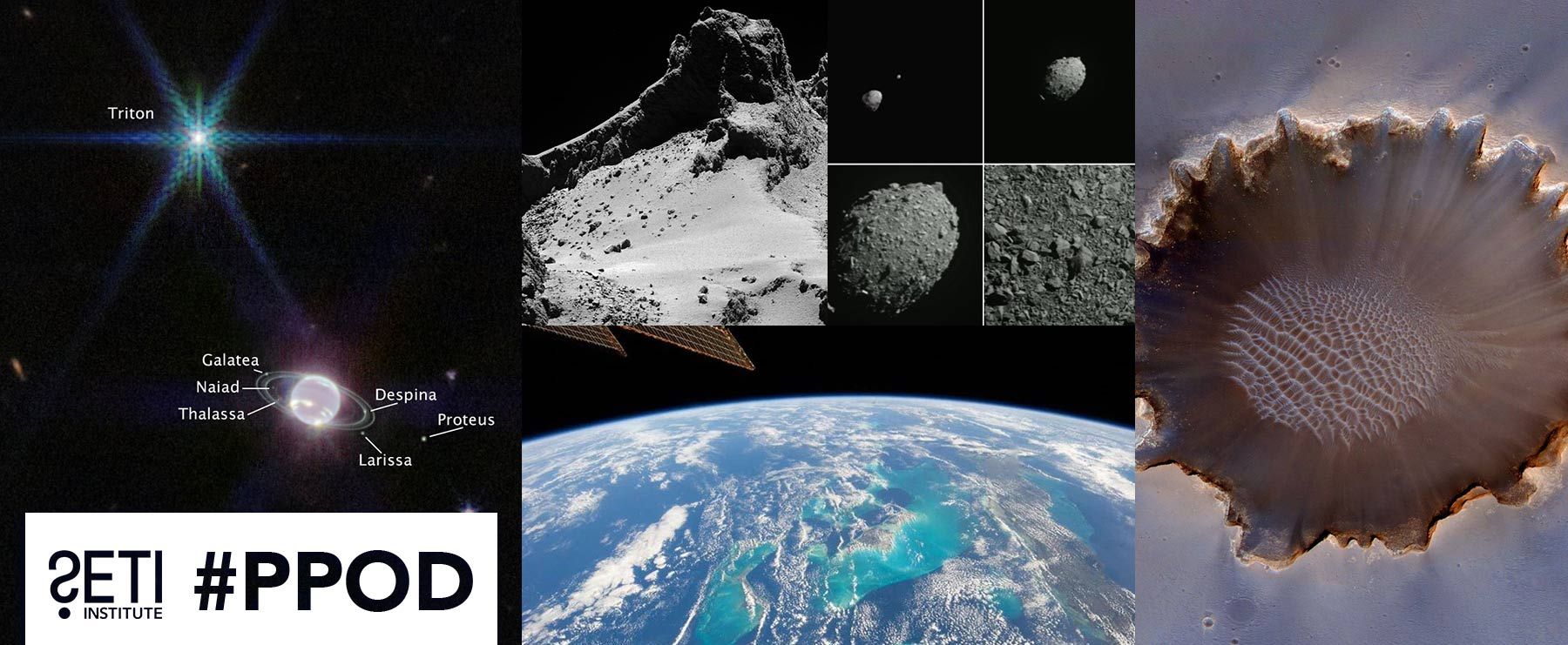
Planetary Picture of the Day
Week of September 26, 2022
From Earth and Mars to a first-ever attempt to change an asteroid’s trajectory, this week’s images are amazing.
Monday, September 26, 2022
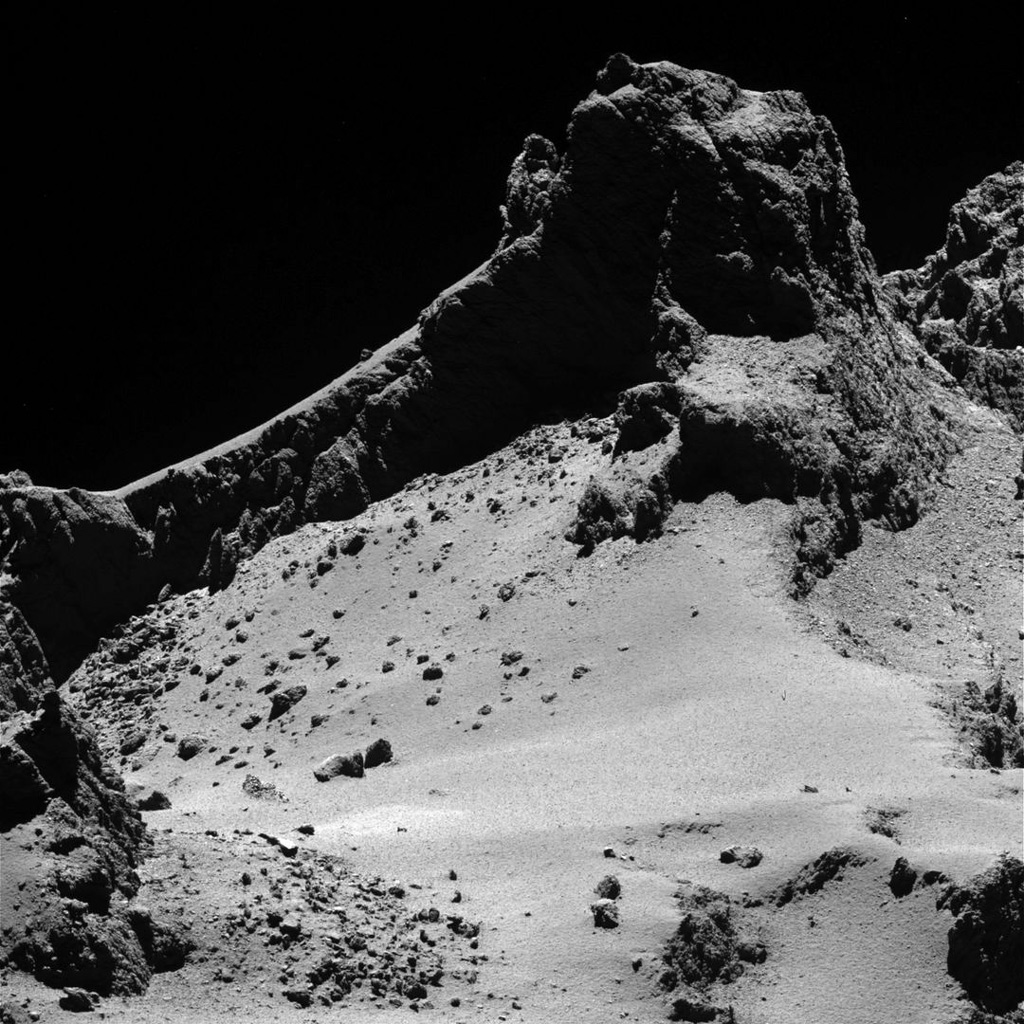
CREDIT: ESA / Rosetta / MPS for OSIRIS Team MPS / UPD / LAM / IAA / SSO / INTA / UPM / DASP / IDA
Comet from 8 Kilometers
In October 2014, Rosetta ventured to within 8 kilometers of the surface of comet Churyumov-Gerasimenko -- lower than the cruising altitude of a passenger plane -- to capture this image of smooth plains and steep cliffs with its OSIRIS science camera.
Tuesday, September 27, 2022
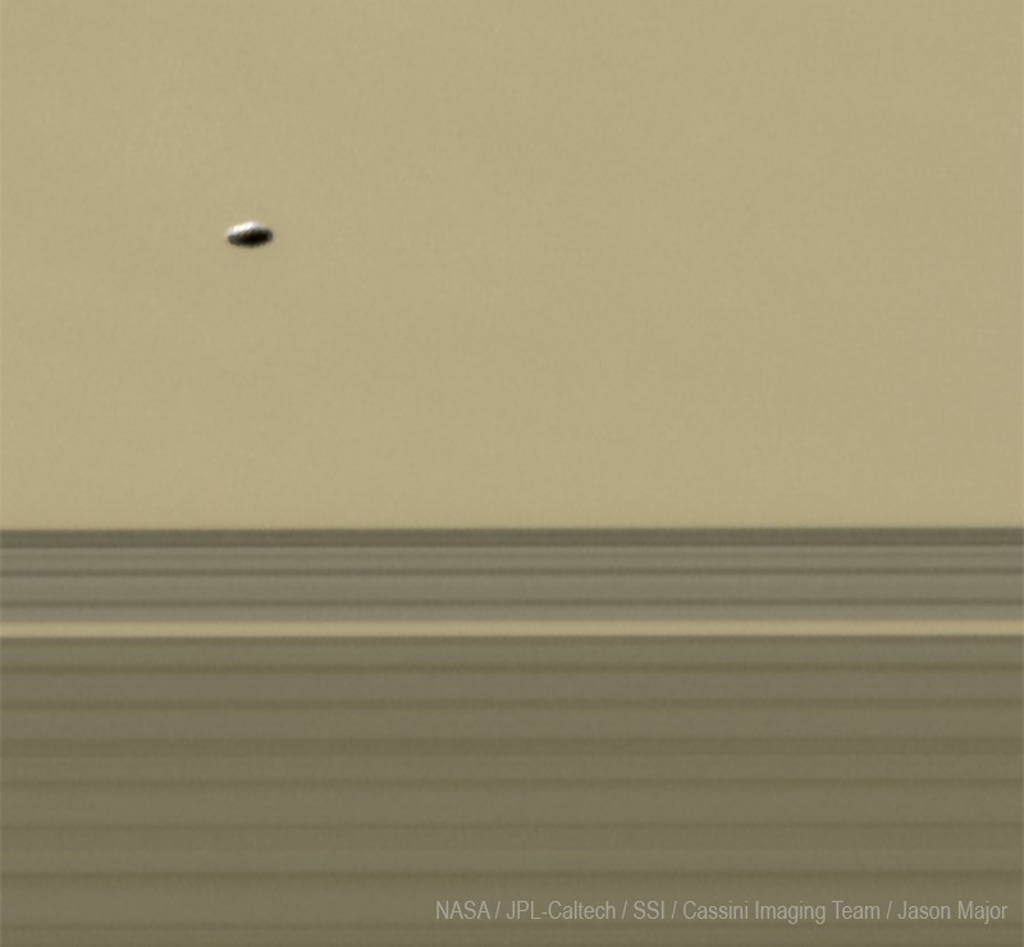
Credit: NASA/JPL-Caltech/SSI/ Cassini Imaging Team
Image processing and caption: Jason Major
An Atlas of the Rings
Here’s the 40-km-wide moon Atlas seen in front of Saturn from the unilluminated side of the rings made from image data acquired by Cassini on September 24, 2016. Atlas orbits along the outer edge of the A ring and was about 344,000 km away from Cassini at the time.
Wednesday, September 28, 2022
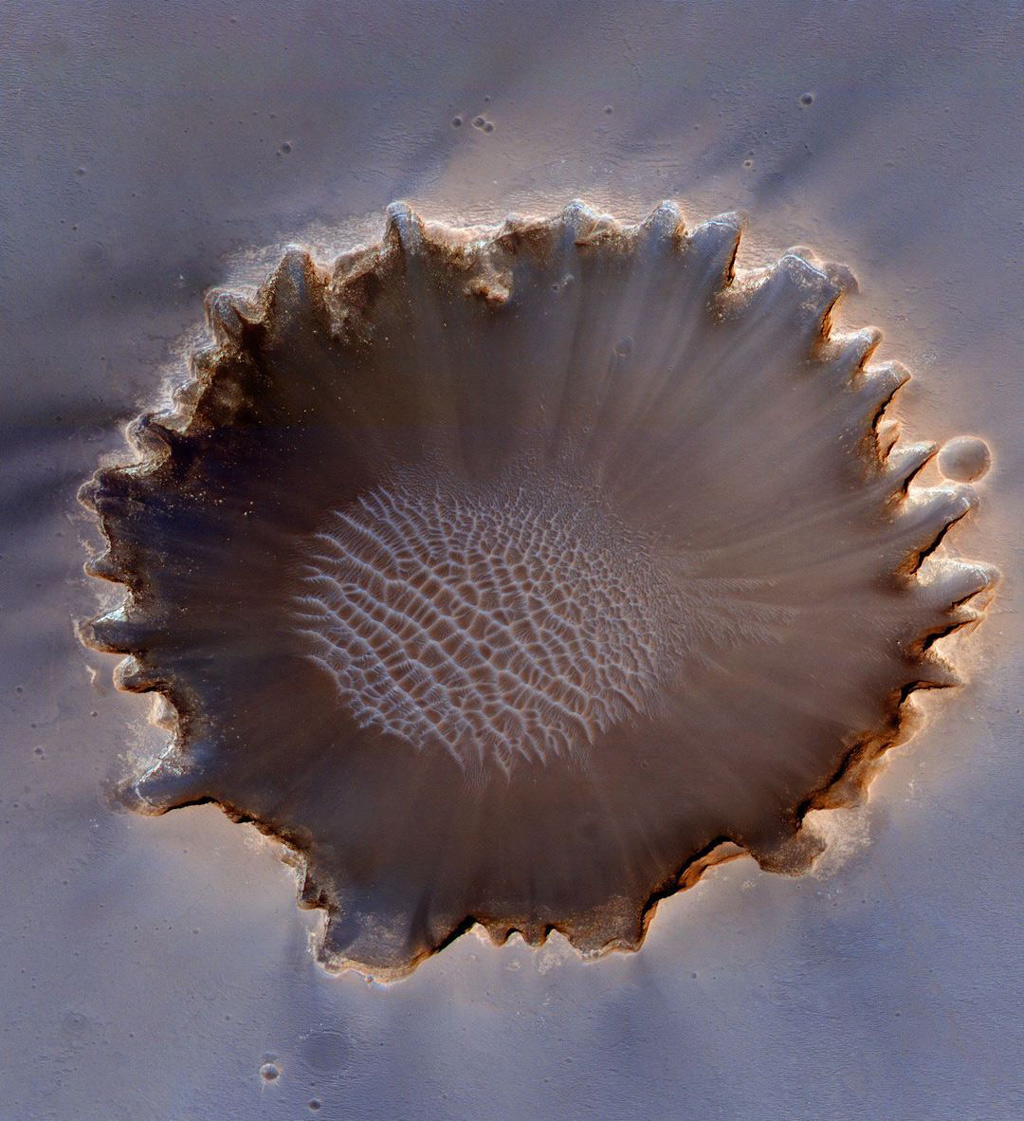
Credit: NASA / JPL-Caltech / University of Arizona
Victoria Crater, Mars
The HiRISE camera aboard Mars Reconnaissance Orbiter captured this oblique view of Victoria crater on 18 July 2009. Ordinarily, Mars Reconnaissance Orbiter's instruments are pointed straight downward, but to capture this view it looked 22 degrees away from nadir, toward the east. (East is to the top in this image.) The unusually oblique view allowed HiRISE to photograph the west-facing cliffs of the scalloped capes surrounding the crater. This is a crop from HiRISE's original view. The Mars Exploration Rover Opportunity spent more than a Mars year exploring Victoria crater, from September 2006 through August 2008, partially circumnavigating it before entering it briefly to examine the steep cliffs up close. Opportunity's tracks are visible as slightly lighter-colored, reddish-toned straight lines on the left side of the image, punctuated by dots, marking the spots where Opportunity turned in place.
BONUS:
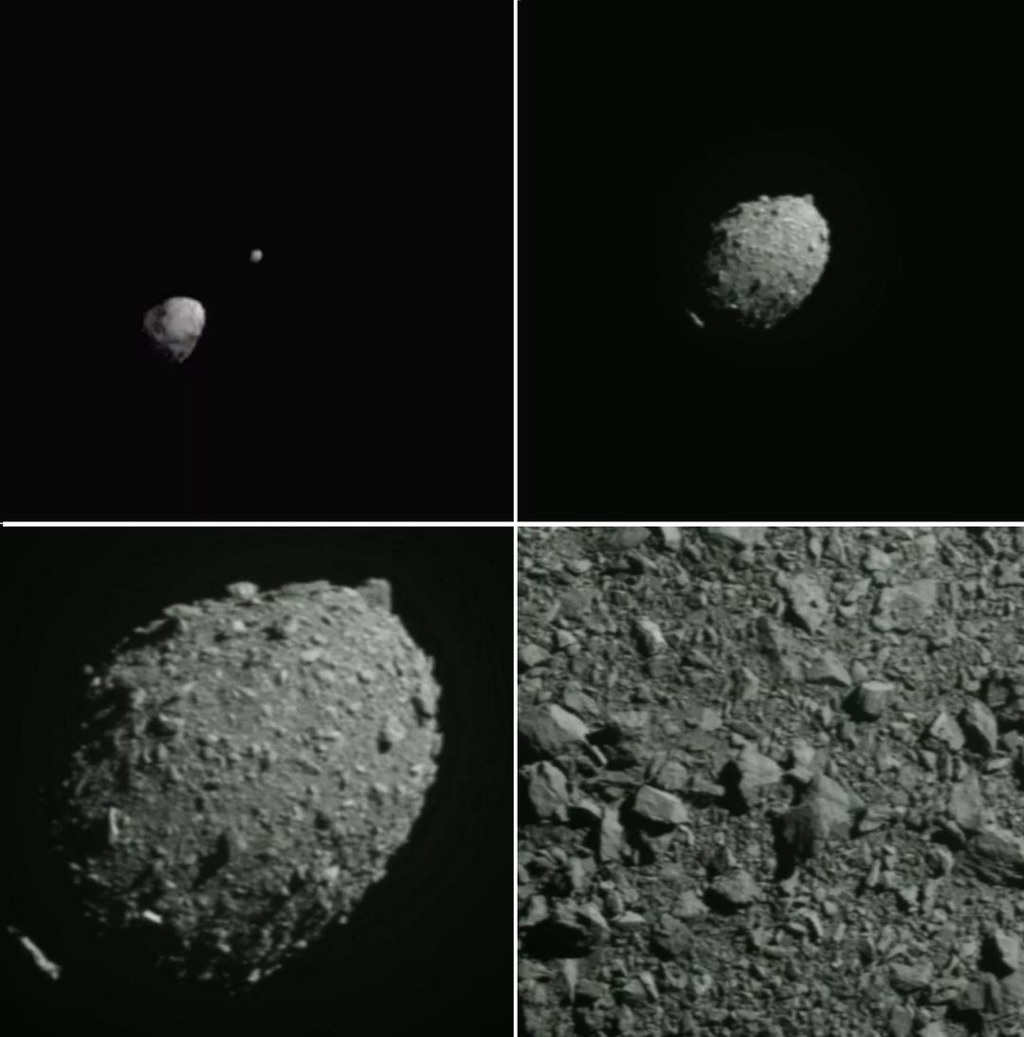
Credit: NASA/Johns Hopkins University APL
A Well Thrown DART
Yesterday was a first in human history, and for that matter, for any life on Earth. For the first time, we are in a position to literally change the course of cosmic events. It will take a few days to a few weeks to know how much the DART spacecraft's impact affected the asteroid Dimorphos' trajectory, but the impact successfully occurred.
The autonomous navigation ended up in a bull's eyes impact, with the last 6.5 km completed in just one second. Additionally, the surfaces of Didymos and Dimorphos resemble that of Bennu, a nice rubble pile.
Telescopes all over the world saw a definite brightening of the system, and several even captured a debris cloud! This mission is the very first step in the development of a planetary defense program.
Thursday, September 29, 2022
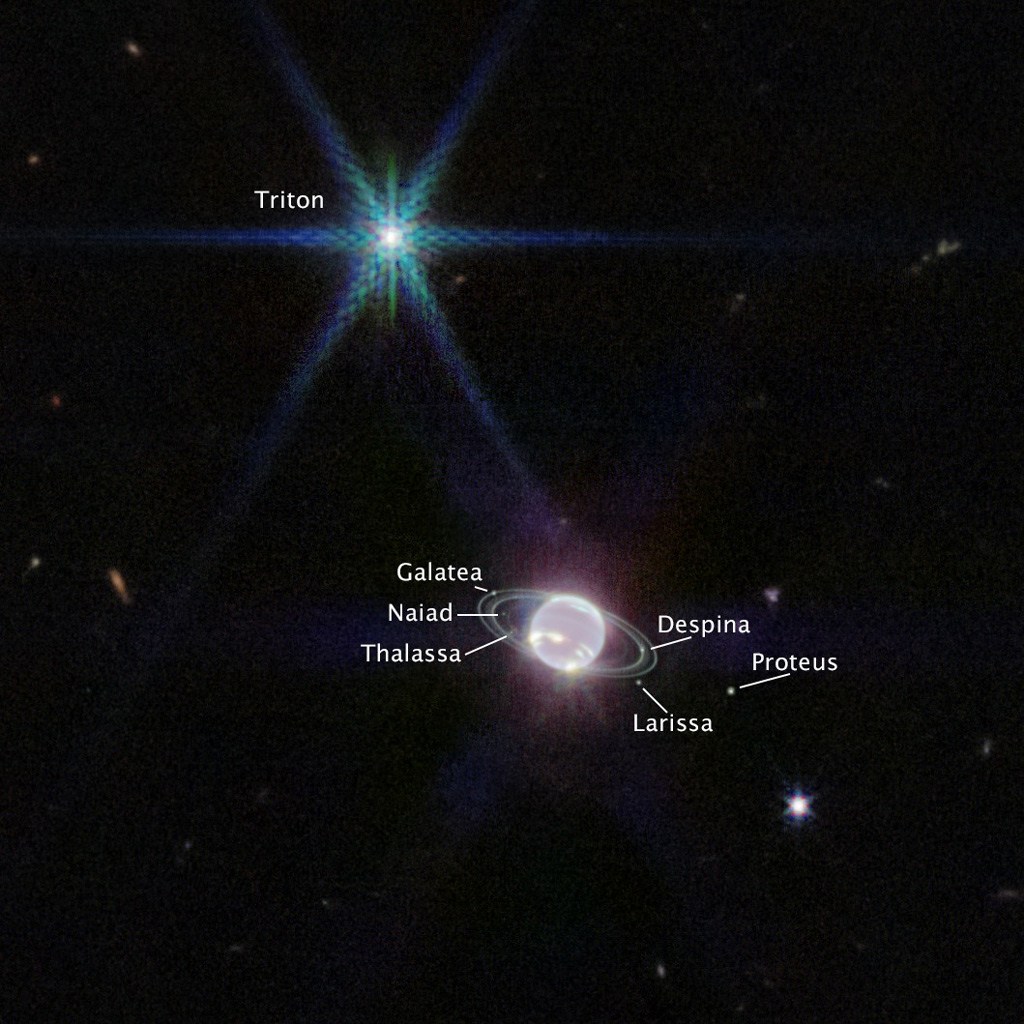
Credit: NASA, ESA, CSA, STScI
Neptunian System in Infrared
One of JWST's latest images is the clearest look at Neptune's rings in 30+ years, and our first time seeing them in infrared light. Take in JWST's ghostly, ethereal views of the planet and its dust bands, rings, and moons. (Some of these rings have not been detected since Voyager 2 flew by in 1989!)
What’s that in the upper left? That’s no star. It’s Neptune’s large, unusual moon, Triton! Because Triton is covered in frozen, condensed nitrogen, it reflects 70% of the sunlight that hits it — making it appear very bright to JWST. Six of Neptune’s other moons can also be seen as tiny, labeled dots surrounding Neptune and its rings.
In visible light, Neptune appears blue due to small amounts of methane gas in its atmosphere. Here, JWST's NIRCam instrument observed Neptune at near-infrared wavelengths, so Neptune isn't its usual blue color.
Friday, September 30, 2022
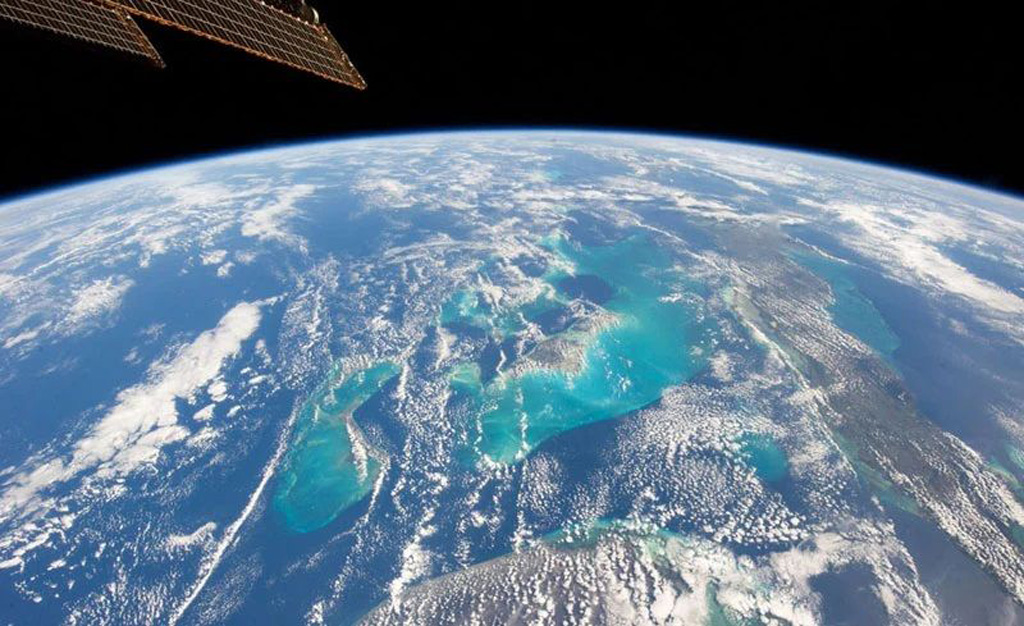
Credit: NASA
Beautiful Bahamas
This photograph was taken by a member of Expedition 34 aboard the International Space Station, looking down on the Bahamas from orbit, on January 13, 2013.





